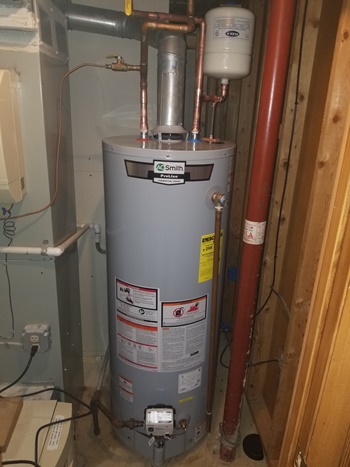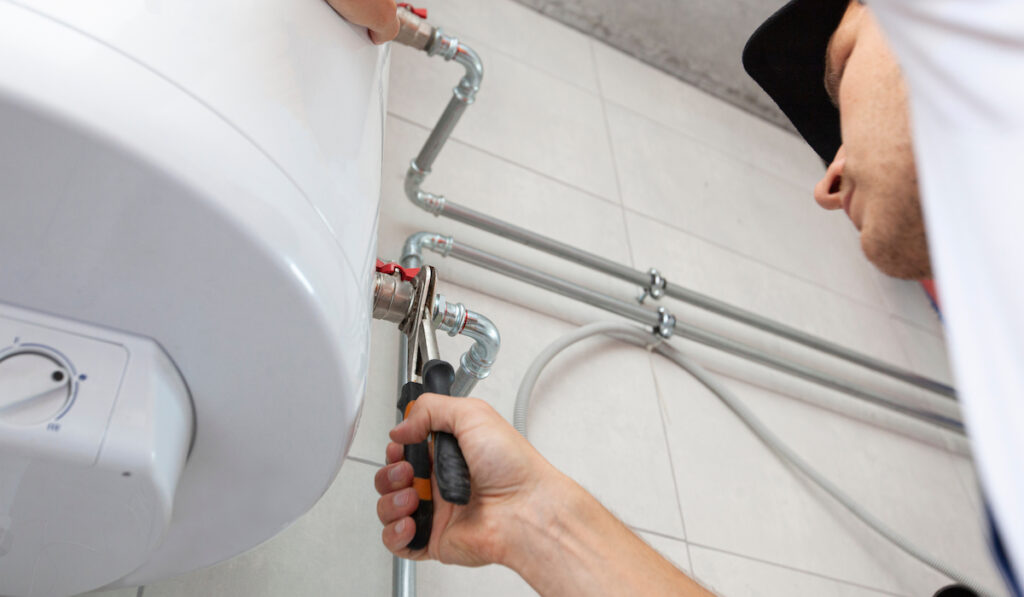Best Practices for Maintaining Your Home's Hot Water SystemHow to Maintain Your Home's Hot Water System Properly
Best Practices for Maintaining Your Home's Hot Water SystemHow to Maintain Your Home's Hot Water System Properly
Blog Article
Just about everyone maintains their own thinking when it comes to How to Maintain a Hot Water Heater in a Few Simple Steps.

Warm water is crucial for day-to-day convenience, whether it's for a revitalizing shower or cleaning recipes. To guarantee your warm water system runs efficiently and lasts longer, normal upkeep is crucial. This short article supplies functional ideas and insights on exactly how to preserve your home's hot water system to stay clear of disturbances and pricey fixings.
Intro
Preserving your home's hot water system might appear difficult, however with a couple of basic steps, you can ensure it operates smoothly for years to come. This overview covers every little thing from comprehending your hot water system to DIY maintenance pointers and understanding when to hire professional aid.
Value of Preserving Your Hot Water System
Normal upkeep not only expands the life expectancy of your hot water system but additionally guarantees it operates efficiently. Disregarding upkeep can result in decreased performance, higher energy costs, and even premature failing of the system.
Indications Your Hot Water System Demands Maintenance
Knowing when your hot water system needs focus can avoid major concerns. Watch out for indicators such as inconsistent water temperature level, odd sounds from the heating unit, or rusty water.
Understanding Your Warm Water System
Prior to diving into maintenance jobs, it's practical to understand the basic parts of your warm water system. Usually, this includes the hot water heater itself, pipelines, anode poles, and temperature controls.
Month-to-month Upkeep Tasks
Normal regular monthly checks can help capture small problems before they rise.
Purging the Water Heater
Purging your water heater removes debris accumulation, improving effectiveness and prolonging its life.
Checking and Changing Anode Rods
Anode rods prevent deterioration inside the tank. Evaluating and replacing them when worn out is critical.
Examining and Adjusting Temperature Level Settings
Readjusting the temperature level settings makes certain ideal efficiency and security.
Do It Yourself Tips for Maintenance
You can execute a number of upkeep tasks yourself to maintain your hot water system in leading condition.
Looking for Leaks
On a regular basis inspect pipelines and connections for leakages, as these can cause water damage and greater expenses.
Testing Stress Relief Valves
Checking the pressure safety valve ensures it works appropriately and prevents extreme stress build-up.
Insulating Pipes
Shielding warm water pipes reduces warm loss and can conserve power.
When to Call a Professional
While DIY maintenance is helpful, some concerns require expert know-how.
Facility Issues Requiring Expert Assistance
Examples include major leaks, electric problems, or if your hot water heater is consistently underperforming.
Routine Expert Maintenance Perks
Specialist upkeep can consist of thorough inspections, tune-ups, and guaranteeing compliance with security requirements.
Final thought
Regular upkeep of your home's warm water system is necessary for effectiveness, durability, and expense financial savings. By complying with these ideas and recognizing when to look for expert assistance, you can guarantee a dependable supply of hot water without unexpected disturbances.
How to Maintain an Instant Hot Water Heater
Before tinkering with your hot water heater, make sure that it’s not powered on. You also have to turn off the main circuit breaker and shut off the main gas line to prevent accidents. Also turn off the water valves connected to your unit to prevent water from flowing into and out of the appliance. 2. When you’re done, you have to detach the purge valves’ caps. These look like the letter “T” and are situated on either side of the water valves. Doing so will release any pressure that has accumulated inside the valves while at the same time avoid hot water from shooting out and burning your skin. 3. When the purge valves’ caps are removed, you have to connect your hosing lines to the valves. Your unit should have come with three hoses but if it didn’t, you can purchase these things from any hardware or home repair shops. You can also get them from retail stores that sell water heating systems. Read the user’s manual and follow it to complete this task properly. When the hosing lines are connected, open the purge port’s valves. 4. You should never use harsh chemical cleaners or solutions when cleaning your unit. Make use of white vinegar instead. It should be undiluted and you’ll probably use about 2 gallons. 5. Now flush your water heater. This task should probably take about 40 minutes. We can’t give you specific directions for this because the procedure is carried out depending on the type, model and brand of your heater. With that being said, refer to the user’s manual. 6. When you’re done draining the unit, you have to turn off the purge port valves again. Remove the hosing lines that you earlier installed on each of the water valves. Put the valve caps (purge port) back in their respective places and be very careful so as not to damage the rubber discs that are found inside these caps. 7. Now that everything’s back in place, check your user’s manual again to find out how to reactivate your water heating system. 8. Once it is working, turn one of your hot water faucets on just to let air pass through the heater’s water supply pipes. Leave the tap on until water flows smoothly out of it. https://www.orrplumbing.com/blog/2014/september/how-to-maintain-an-instant-hot-water-heater/

As a fervent person who reads on Water Heater Maintenance Tips You Can't Afford to Forget, I figured sharing that article post was really helpful. Sharing is caring. One never knows, you may be doing someone a favor. I am grateful for your time. Kindly come visit our blog back soon.
Click Here To Read More Report this page